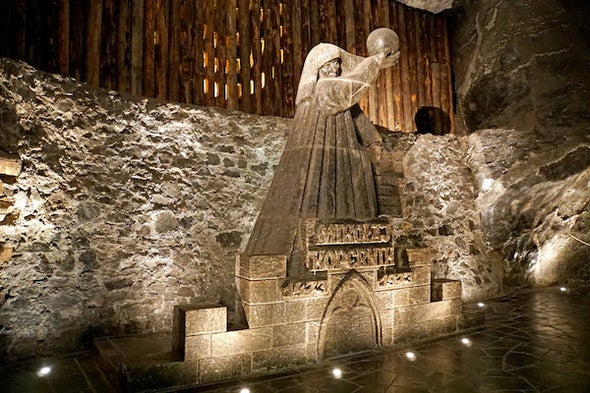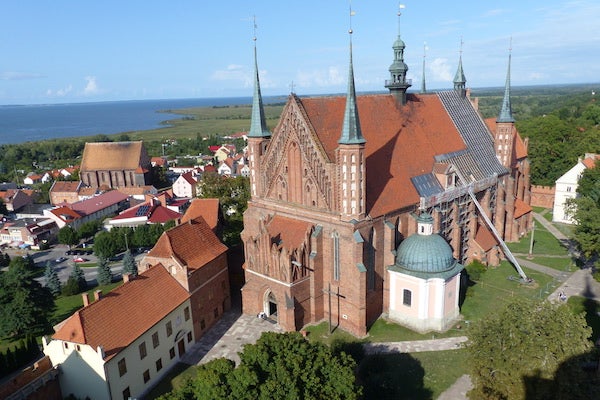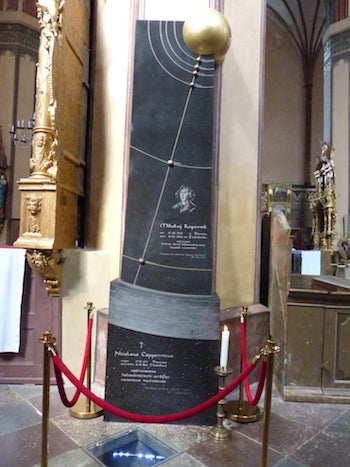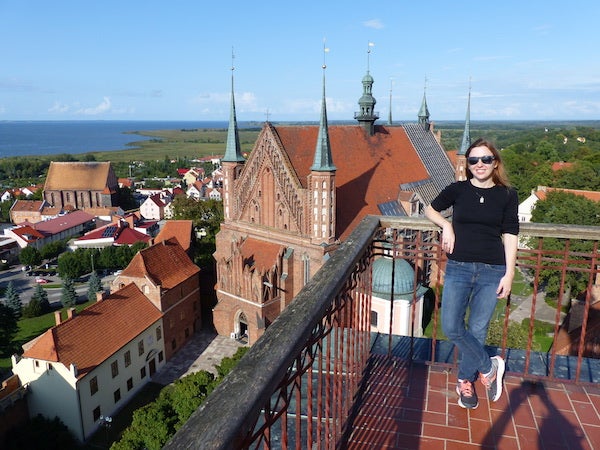SobieskiSavedEurope
Gold Member
- Thread starter
- Banned
- #61
Dumb Polak's making a difference.
Polish listed SME wins European award
Polish listed SME wins European award
05.12.2018 16:30
A listed Polish SME that runs Europe’s largest stem cell bank has won a prestigious award co-sponsored by the European Commission, according to media reports.
 Photo: jarmoluk/pixabay.com/CC0 Creative Commons
Photo: jarmoluk/pixabay.com/CC0 Creative Commons
The Warsaw Stock Exchange-listed company, called Polski Bank Komórek Macierzystych, was announced as one of four winners of the 6th European Small and Mid-Cap Awards in Brussels on Tuesday.
The awards aim to promote best practices and highlight innovative European small and mid-sized companies that have gained access to capital markets via initial public offerings (IPO).
Polski Bank Komórek Macierzystych runs the largest stem cell bank in Europe and one of the 10 largest worldwide, according to the europeansmallandmidcapawards.eu website.
The company was singled out for praise in the Star of Innovation category.
View image on Twitter


European SME Awards@SME_Awards
https://twitter.com/SME_Awards/status/1070045580234317830
Congratulations to Polski Bank Komórek Macierzystych (PBKM) @PBKM_FamiCord for winning the Star of Innovation Award at #SMEAwards2018! Listed on @GPW_WSExchange @FESEBrussels @EuropeanIssuers @EU_Growth
15
3:02 PM - Dec 4, 2018
See European SME Awards's other Tweets
Twitter Ads info and privacy
Meanwhile, another WSE-listed SME, Dino Polska, a Polish retail chain of grocery stores, was announced as one of two runners-up in the Star of 2018 category.
In total, 12 companies had been nominated for this year's European Small and Mid-Cap Awards in four categories, Poland's PAP news agency reported.
The European Small and Mid-Cap Awards are given out annually by the Federation of European Securities Exchanges (FESE) and EuropeanIssuers, an organisation representing the interests of publicly quoted companies across Europe, in cooperation with the European Commission’s Directorate-General for the Internal Market, Industry, Entrepreneurship and SMEs.
Polish listed SME wins European award
Polish listed SME wins European award
05.12.2018 16:30
A listed Polish SME that runs Europe’s largest stem cell bank has won a prestigious award co-sponsored by the European Commission, according to media reports.
The Warsaw Stock Exchange-listed company, called Polski Bank Komórek Macierzystych, was announced as one of four winners of the 6th European Small and Mid-Cap Awards in Brussels on Tuesday.
The awards aim to promote best practices and highlight innovative European small and mid-sized companies that have gained access to capital markets via initial public offerings (IPO).
Polski Bank Komórek Macierzystych runs the largest stem cell bank in Europe and one of the 10 largest worldwide, according to the europeansmallandmidcapawards.eu website.
The company was singled out for praise in the Star of Innovation category.
View image on Twitter


European SME Awards@SME_Awards
https://twitter.com/SME_Awards/status/1070045580234317830
Congratulations to Polski Bank Komórek Macierzystych (PBKM) @PBKM_FamiCord for winning the Star of Innovation Award at #SMEAwards2018! Listed on @GPW_WSExchange @FESEBrussels @EuropeanIssuers @EU_Growth
15
3:02 PM - Dec 4, 2018
See European SME Awards's other Tweets
Twitter Ads info and privacy
Meanwhile, another WSE-listed SME, Dino Polska, a Polish retail chain of grocery stores, was announced as one of two runners-up in the Star of 2018 category.
In total, 12 companies had been nominated for this year's European Small and Mid-Cap Awards in four categories, Poland's PAP news agency reported.
The European Small and Mid-Cap Awards are given out annually by the Federation of European Securities Exchanges (FESE) and EuropeanIssuers, an organisation representing the interests of publicly quoted companies across Europe, in cooperation with the European Commission’s Directorate-General for the Internal Market, Industry, Entrepreneurship and SMEs.













